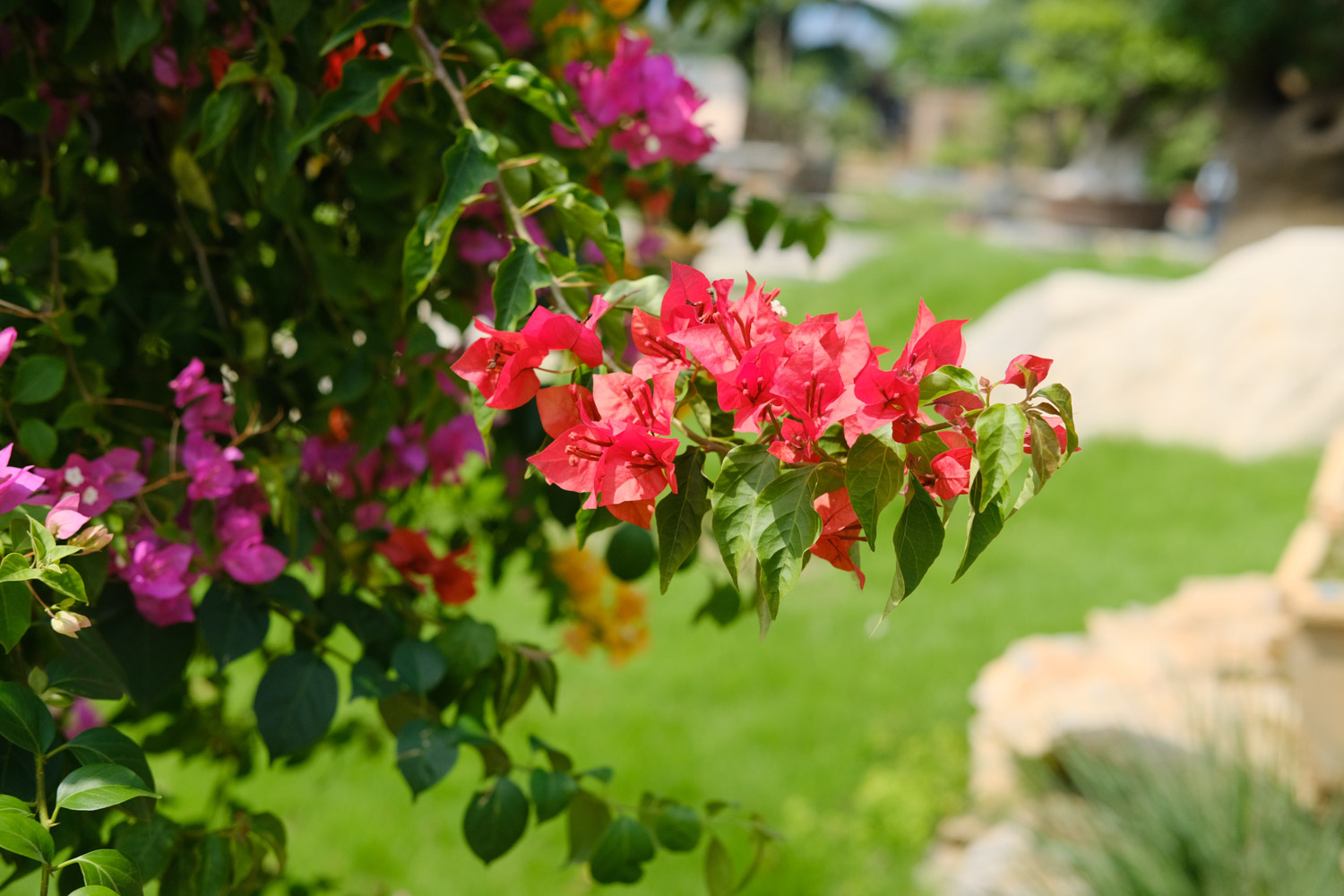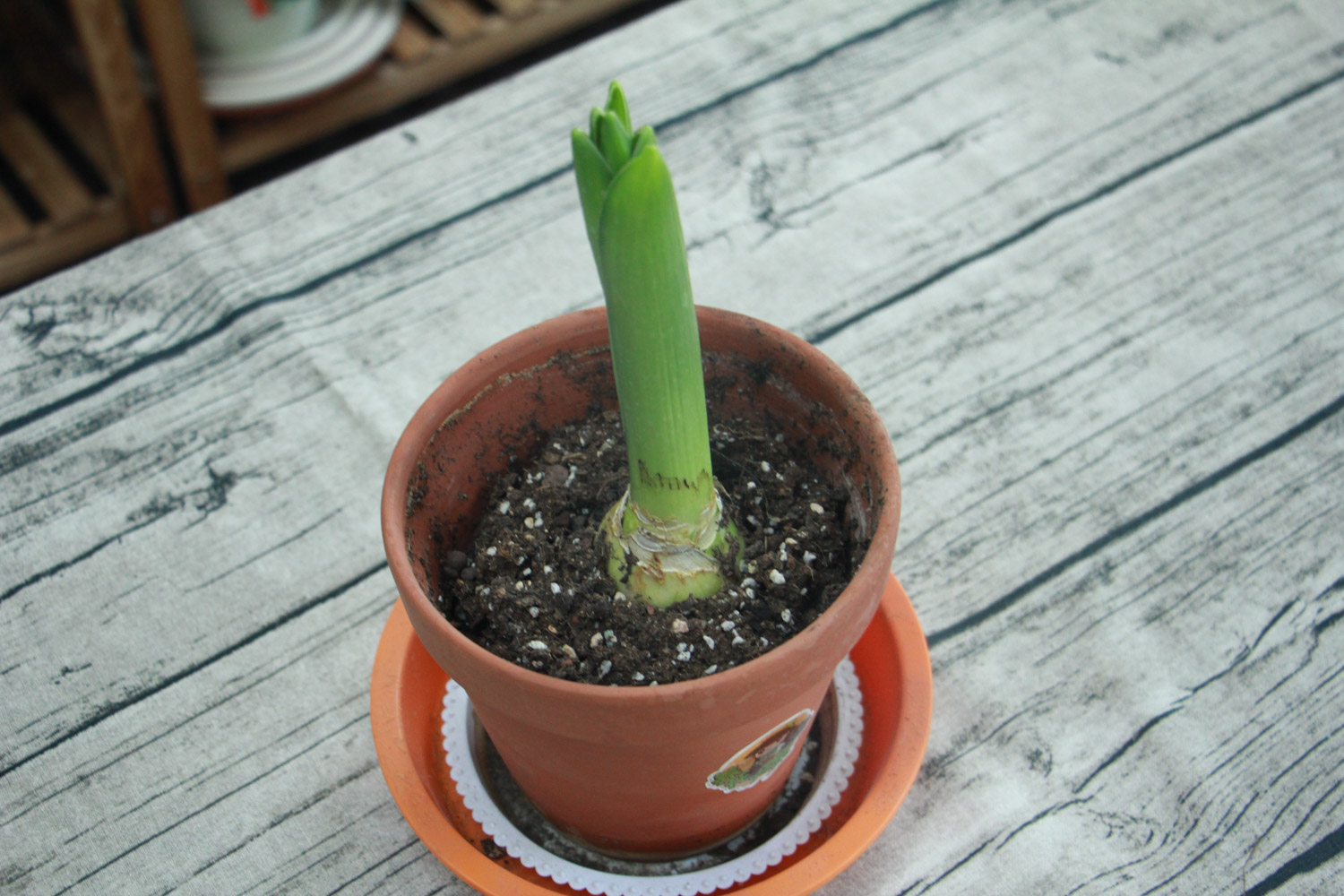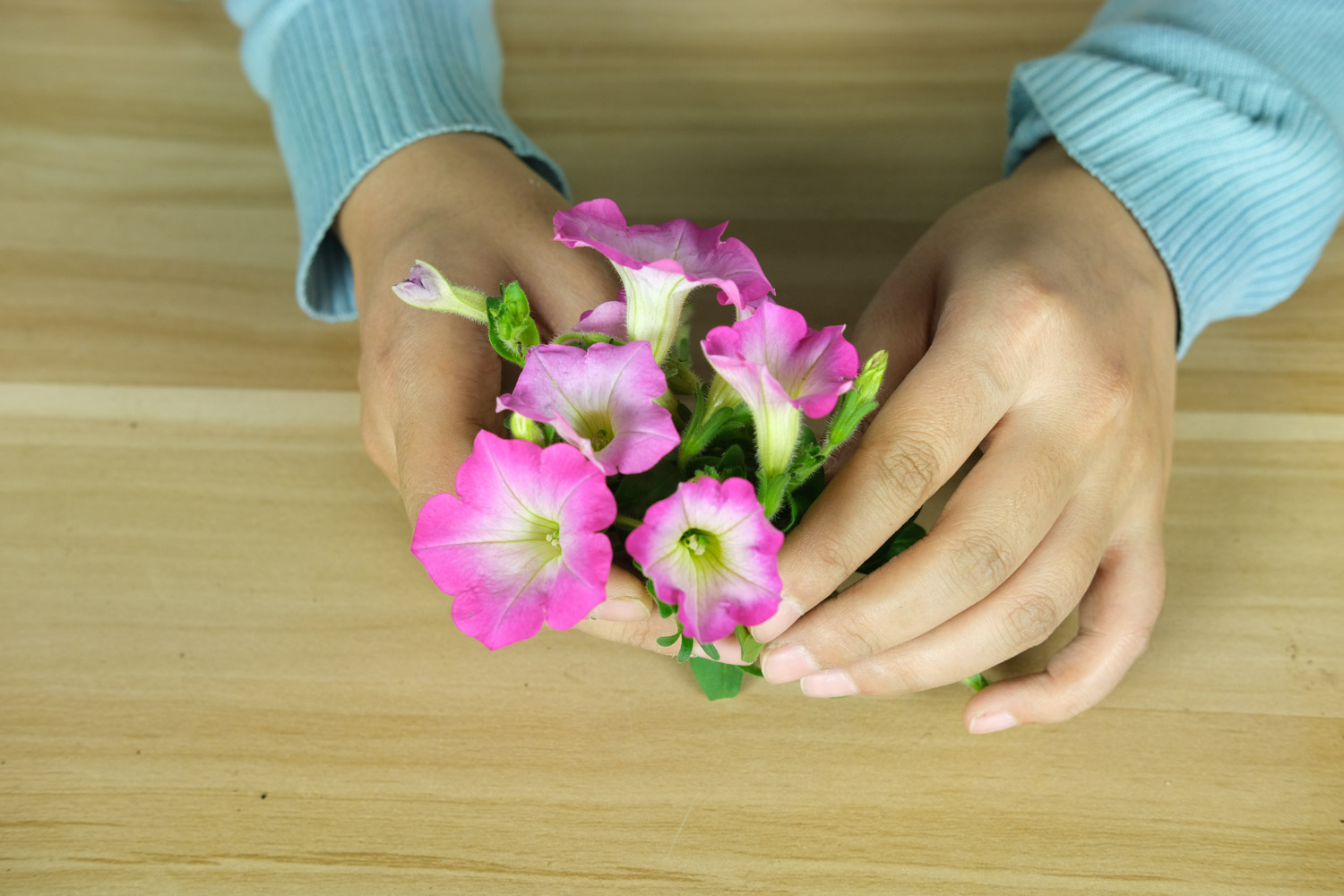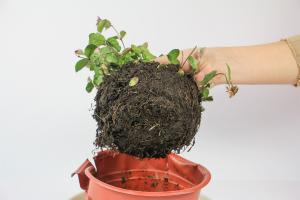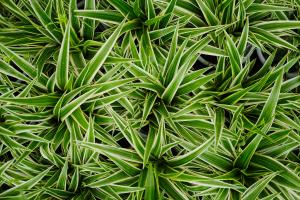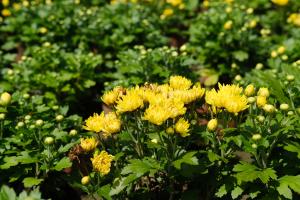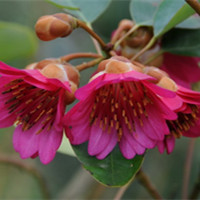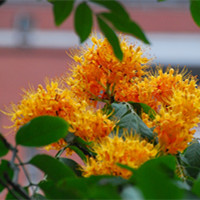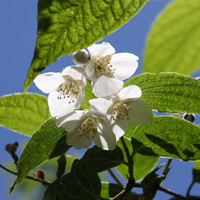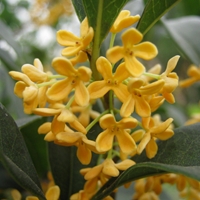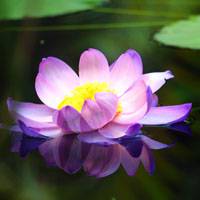Another name for water lily
Meridian water lily, pink water lily, wild water lily, dwarf water lily, dwarf water lily
Morphological characteristics of water lily
The leaves of water lilies are round or nearly round, or oval, while some varieties are lanceolate or arrow shaped; The leaves are entire, but the leaf margin of tropical water lily is wavy; The leaf front is green and bright, and the back is purplish red. The pages of some varieties have dark brown spots or mottled colors; The veins of the leaves may or may not be obvious. The leaves of a few varieties of tropical water lily grow small plants between the top of large cleft and the attachment point of petiole, commonly known as "viviparous"
The flower of water lily is composed of sepals, petals, stamens, styles, carpels, flower stalks and other organs. Flowers solitary, bisexual. Sepals are about 4-5, green or purplish red, with black spots in the green, in the shape of lanceolate, narrow ovate, or rectangular round. The flower buds are long peach shaped and peach shaped; Petals are usually ovate, broadly ovate, oblong, oblong, etc., and the petal part is sharp or slightly blunt. The designs and colors are red, pink, blue, purple, white, etc. The petals are single, multiple and double. Therefore, the size, shape and color of petals vary from variety to variety. Since then, it has formed a gorgeous state. The ovary is superior to the peripheral position, the stamens wrap around the carpel before flowering, and open into a sickle shape after maturity; Sepals, petals and stamens are spirally arranged above the receptacle and ovary wall. The carpels are arranged in a ring, embedded in the receptacle and in a state of union. The upper style is separated, and the stigma is filiform. It takes the Milky protrusion as the center and presents a funnel shape. When it is mature, it secretes the stigma, which mainly contains glucose, candy and amino acids to attract insect pollination
The fruit of water lily is disorderly to hemispherical, mature in water and craze irregularly; Seeds smaller, oval or spherical; Most with pseudotesta
Water lily is a perennial floating leaf aquatic herb. Its rhizome is relatively thick and can be controlled or creeping
The flower language of water lily
Like the lotus in China, the water lily is regarded as the embodiment of holiness and beauty and is often used as a sacrifice to the goddess. In the New Testament, there is also a saying that "holy things come out of mud and are not stained"


